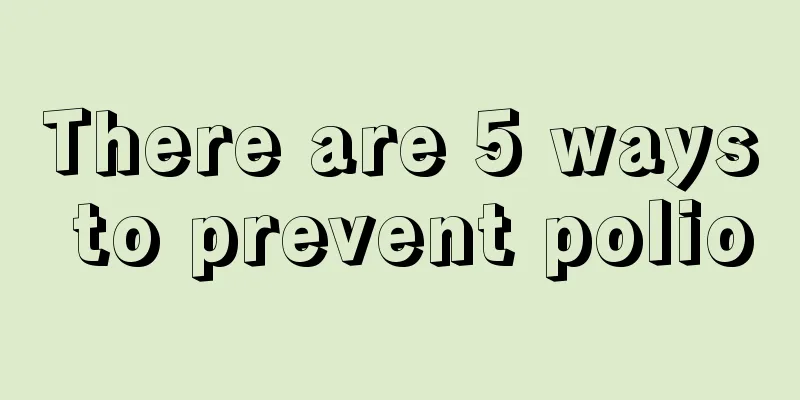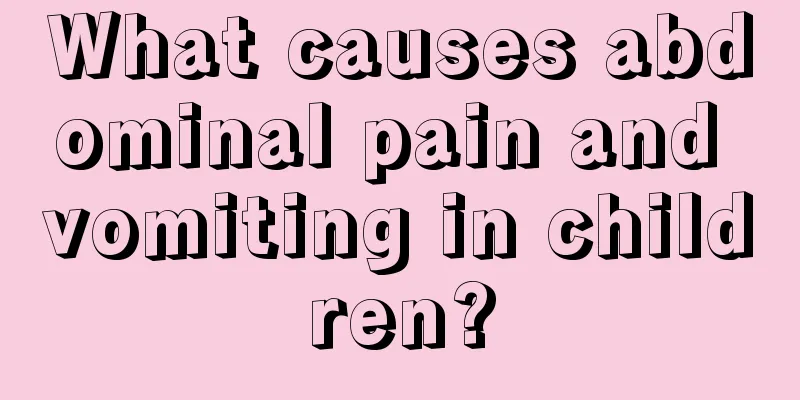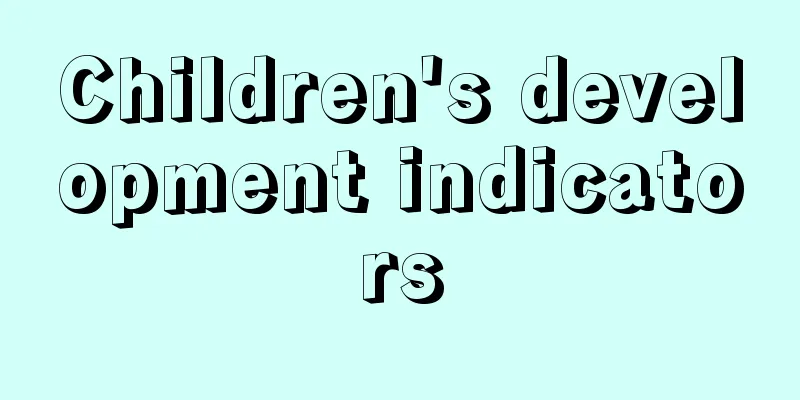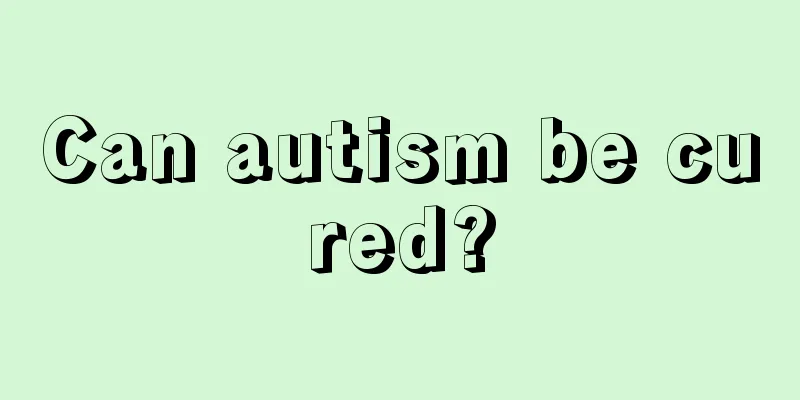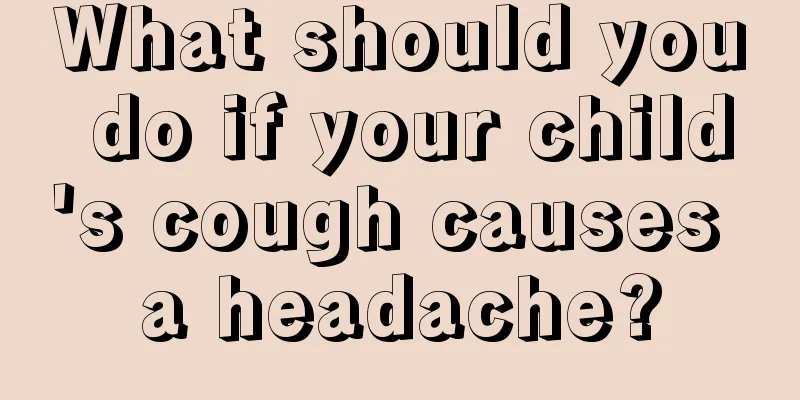What to do if your child has white spots on his face
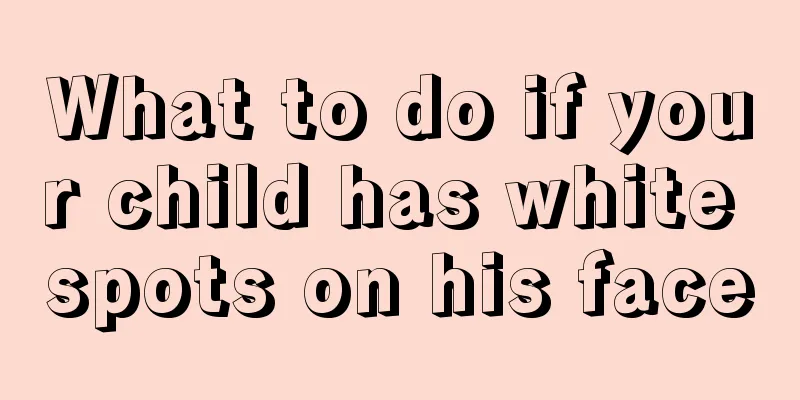
|
If there are white spots on your face, in most cases it means you have some skin disease. However, there are many types of skin diseases, such as vitiligo. What should we do? How to distinguish them? The symptoms of vitiligo and vitiligo are very different. Sometimes children have worms in their stomachs and their faces may have white spots. It is necessary to accurately distinguish the symptoms of these diseases in order to better treat them. Vitiligo is a common and frequent pigmented skin disease characterized by local or generalized depigmentation and the formation of white spots. The number of white spots in the early stage is uncertain and may be limited to a certain part of the body or distributed at a certain neural stage. It is very rare for white spots to disappear on their own. In most cases, the white spots tend to gradually increase and expand. Adjacent white spots may merge into large irregular patches, spreading all over the body like a map. Sometimes normal skin remains among the white spots, which are mistaken for pigmentation. For example, if they occur on the face, they are mistaken for chloasma. The symptoms of vitiligo are not only manifested on the human skin, but also on the ears, eyes and other parts of the body. As our living environment continues to change, the incidence rate in my country's heavy industrial cities, oil-producing areas, and coastal areas is significantly higher. In response to this situation, the incidence of vitiligo in children is also increasing year by year. So what are the common symptoms of facial vitiligo in children? How can parents prevent it? Experts pointed out that vitiligo is an extremely severe skin disease, which causes great harm to patients both physically and mentally. The cause of vitiligo is unknown. It may be related to dry skin, strong sunlight exposure, or a manifestation of seborrheic dermatitis, or related to viral, fungal, or streptococcal infections. However, there is currently no definite evidence in the medical community to prove this. Some experts also believe that the disease is related to nutritional metabolism. Therefore, understanding some common knowledge about vitiligo will definitely help with prevention and treatment. Common symptoms of facial vitiligo in children: It is very common among pediatric patients. The skin lesions are round or oval pink macules of varying sizes with unclear edges. After 1 to 2 weeks, the redness fades, leaving light spots. The surface is dry with a few small grayish-white scales. The diameter is 1 cm to several centimeters, with clear boundaries and slightly raised edges. There are usually 4 to 6 or more of them, symmetrically distributed on the face, and some are prone to occur on the neck, upper arms, back and even trunk. What are the symptoms of vitiligo? You know them all, I hope the above introduction can help you. Patients should maintain a good mental state, be calm, reduce worries, pay attention to the combination of work and rest, develop good living habits, avoid indulgence, strengthen physical exercise, and prevent colds and fevers. |
<<: Why is my child's legs weak?
>>: The child's face turned pale, what's going on?
Recommend
How many hours does a two and a half year old baby sleep every day
Sleep is very important for babies. Sufficient sl...
What is neonatal respiratory distress syndrome?
Many newborn babies will have signs of respirator...
What to do if your baby cries while sleeping at night
Many mothers must have had this experience when t...
What are the symptoms of adolescent growth and development
What are the symptoms of adolescent growth and de...
How can children grow taller the fastest?
Height accompanies a person throughout his life. ...
How many months is it appropriate to hold a baby in the bladder
We all know that babies cannot control their eati...
Two and a half year old baby vomits after eating
A two-and-a-half-year-old baby vomiting after eat...
What should children eat to increase height and supplement calcium?
The main component of bones is calcium, so if you...
Pseudomyopia in children
With the improvement of living standards, childre...
What should I do if my 5-year-old child has encephalitis?
There are so many electronic products nowadays, s...
What foods should children eat to protect their eyes
Eyes are the windows to our soul. Protecting eyes...
What is the height and weight of a 36-month-old baby?
As we all know, giving birth to a baby is not an ...
How many days should I stop breastfeeding for neonatal jaundice?
Neonatal jaundice is a relatively common disease ...
How to treat cerebral palsy in children
In our daily lives, many women are prone to cereb...
Why do children blink when watching TV?
Nowadays, almost every family has a TV. Children ...



